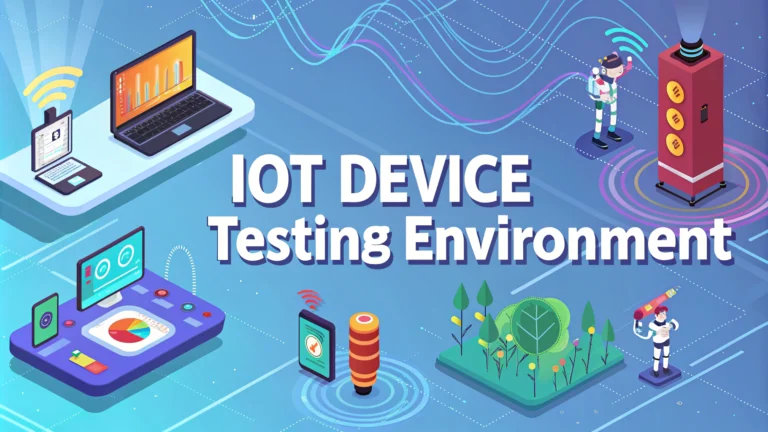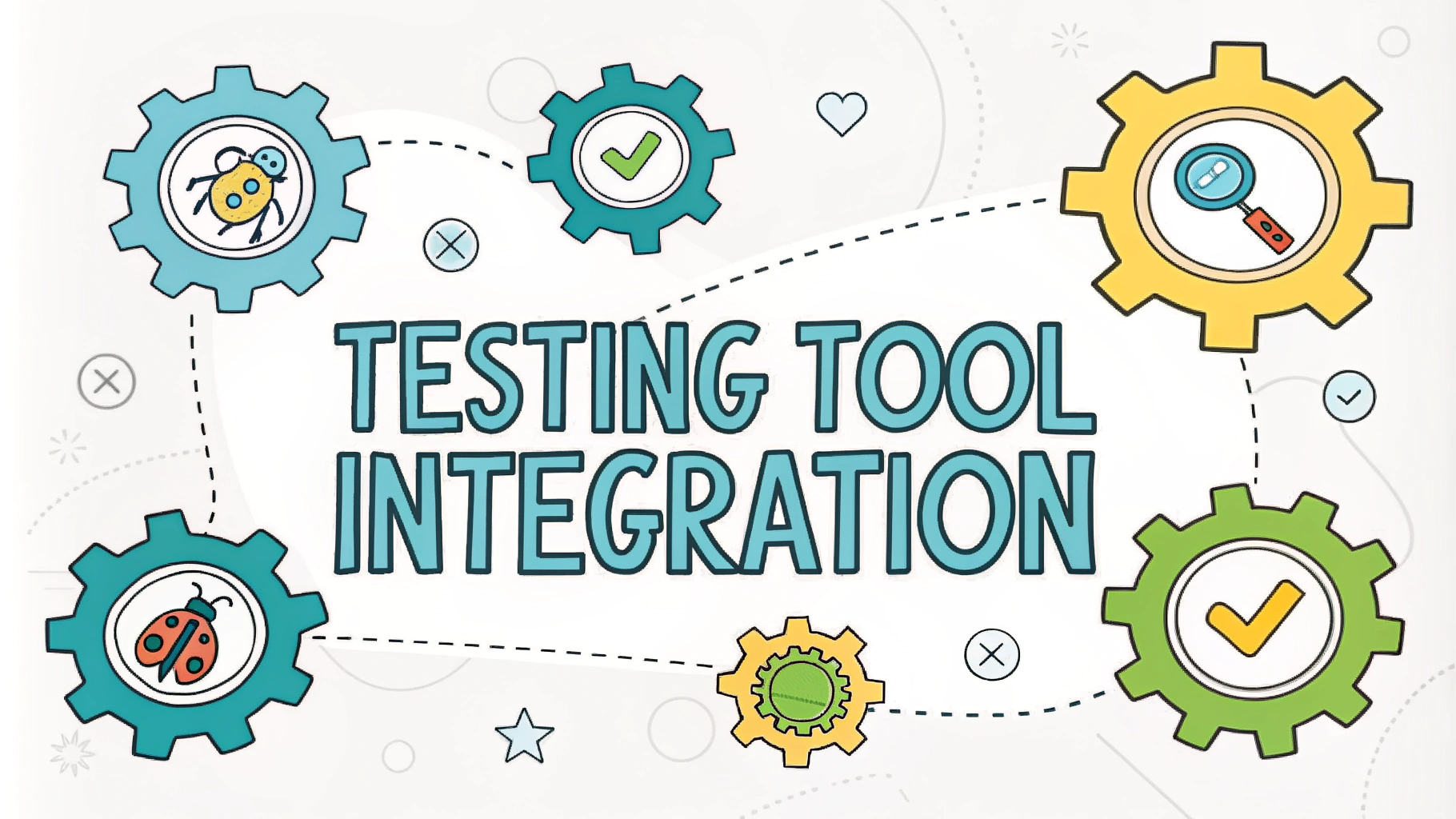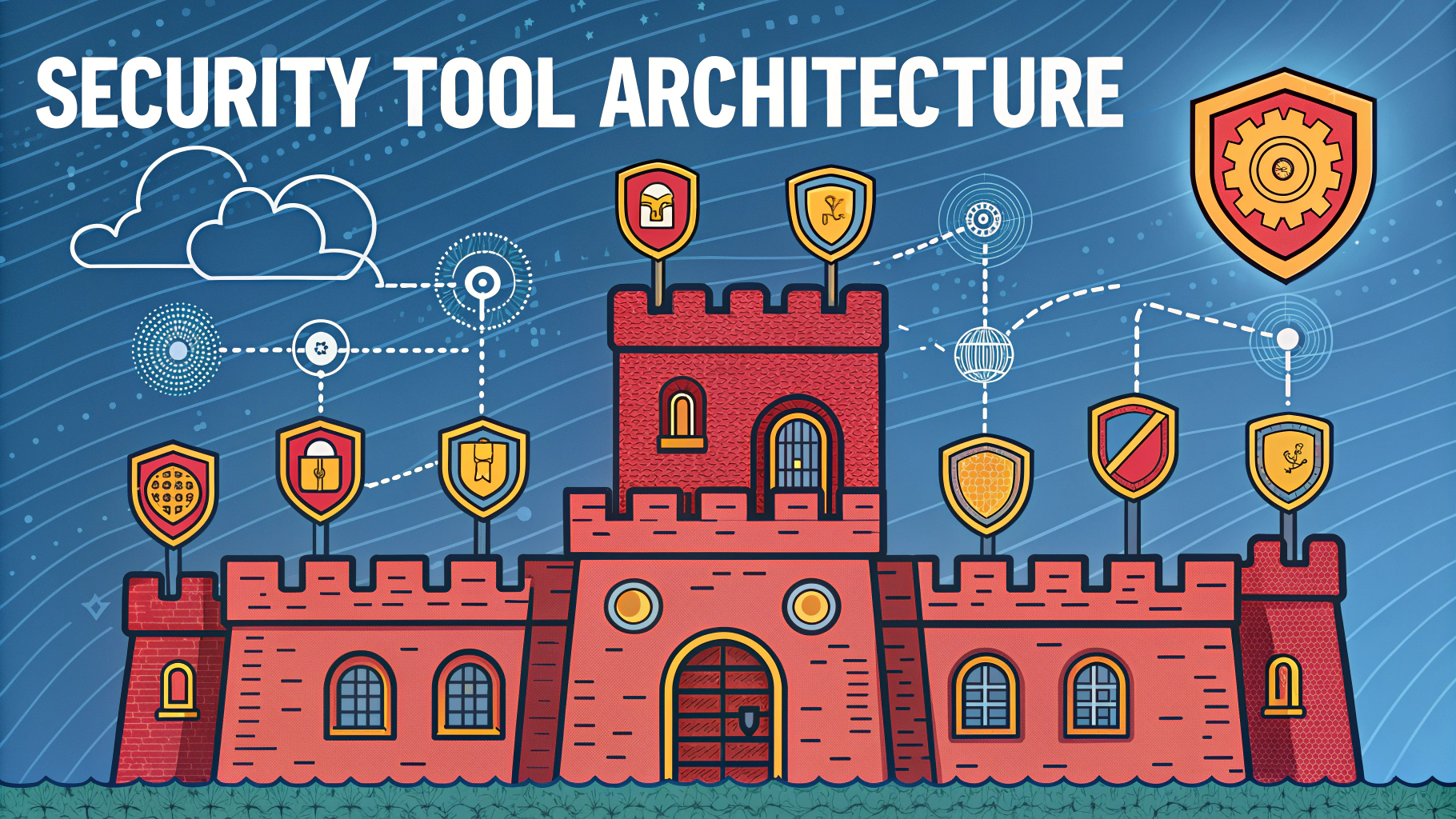Setting up an IoT device testing environment requires careful planning and specific tools to effectively test for security vulnerabilities.
Testing IoT devices demands a controlled lab environment that mimics real-world conditions while maintaining isolation from production networks.
This guide outlines the essential components and best practices for creating an effective IoT penetration testing environment.
Core Components of an IoT Testing Lab
- Isolated network infrastructure
- Protocol analyzers
- Hardware debugging tools
- Wireless testing equipment
- Traffic capture tools
Network Setup Requirements
The testing network should be completely separated from production environments through physical isolation or VLANs.
Required Network Components:
- Dedicated router with DHCP capabilities
- Network switches supporting VLAN configuration
- Wireless access points for IoT device connectivity
- Network monitoring tools
Essential Testing Tools
| Tool Category | Recommended Options |
|---|---|
| Network Analysis | Wireshark, tcpdump |
| Hardware Analysis | Logic analyzers, JTAG debuggers |
| RF Testing | HackRF One, RTL-SDR |
Security Testing Framework
Implement a structured testing methodology covering hardware, firmware, and communication protocols.
- Hardware security assessment
- Firmware analysis and reverse engineering
- Network protocol testing
- Authentication mechanism verification
- Encryption implementation testing
Documentation and Reporting
Maintain detailed records of all testing procedures and findings using standardized templates.
- Test case documentation
- Vulnerability reports
- Remediation recommendations
- Risk assessment matrices
Safety Considerations
- Always use proper electrical safety equipment
- Follow RF emission guidelines
- Maintain proper ventilation for hardware testing
- Store sensitive components in ESD-safe containers
Next Steps for Your IoT Testing Lab
Start with basic network monitoring tools and gradually expand your testing capabilities based on specific device requirements.
Contact professional IoT security organizations like OWASP IoT Project (www.owasp.org/index.php/OWASP_Internet_of_Things_Project) for additional guidance and resources.
Join IoT security communities and forums to stay updated on new testing methodologies and tools.
Lab Management Best Practices
- Implement version control for test scripts and tools
- Maintain inventory of testing devices and components
- Regular calibration of testing equipment
- Backup configurations and test results
- Document all lab procedures and protocols
Compliance and Regulatory Testing
Include relevant standards and regulations in your testing framework to ensure comprehensive coverage.
- GDPR compliance testing
- NIST cybersecurity framework alignment
- Industry-specific regulations (healthcare, automotive, etc.)
- Regional certification requirements
Automated Testing Integration
Key Automation Components:
- Continuous Integration/Continuous Deployment (CI/CD) pipelines
- Automated vulnerability scanners
- Scheduled security assessments
- Performance monitoring tools
Scalability Planning
Design your lab environment to accommodate future growth and technological advancement.
- Modular infrastructure design
- Expandable storage solutions
- Flexible network architecture
- Upgradeable testing equipment
Building a Secure IoT Future
Maintaining a well-equipped IoT testing environment is crucial for developing and deploying secure IoT solutions. Regular updates to testing methodologies and tools ensure continued effectiveness against emerging threats.
- Stay informed about new IoT security standards
- Participate in security research communities
- Share knowledge and best practices
- Continuously evolve testing capabilities
FAQs
- What is IoT device penetration testing and why is it important?
IoT device penetration testing is a systematic process of evaluating IoT devices for security vulnerabilities by simulating real-world attacks. It’s crucial because IoT devices often handle sensitive data and can serve as entry points to larger networks. - What are the essential tools needed for IoT device testing?
Essential tools include Wireshark for network analysis, Nmap for network discovery, Metasploit for vulnerability exploitation, Burp Suite for web interface testing, and hardware tools like logic analyzers and UART/JTAG debuggers. - How do you set up a secure IoT testing environment?
Set up an isolated network segment, use virtual machines when possible, implement network monitoring tools, maintain proper documentation, and ensure physical security of the testing environment to prevent unauthorized access. - What are the common vulnerabilities found in IoT devices?
Common vulnerabilities include weak authentication, unencrypted communications, insecure firmware updates, hardcoded credentials, open ports, and vulnerable web interfaces. - How do you test IoT device firmware security?
Firmware security testing involves extracting the firmware, analyzing binary files, checking for hardcoded credentials, identifying known vulnerabilities in third-party components, and testing update mechanisms. - What protocols should be tested in IoT devices?
Key protocols to test include MQTT, CoAP, HTTP/HTTPS, Bluetooth LE, Zigbee, Z-Wave, and proprietary RF protocols specific to the device. - How do you assess the physical security of IoT devices?
Physical security assessment includes checking for debug ports, examining hardware interfaces like UART/JTAG, testing tamper resistance, and analyzing physical attack vectors that could compromise the device. - What documentation should be maintained during IoT penetration testing?
Maintain detailed records of test cases, discovered vulnerabilities, exploitation methods, network configurations, test environments, and remediation recommendations. - How do you test IoT device API security?
Test API security by checking authentication mechanisms, analyzing data encryption, testing for injection vulnerabilities, verifying access controls, and validating input handling. - What are the legal considerations for IoT device testing?
Obtain proper authorization, comply with relevant regulations (GDPR, CCPA), respect intellectual property rights, and ensure testing doesn’t violate warranty or service agreements.







